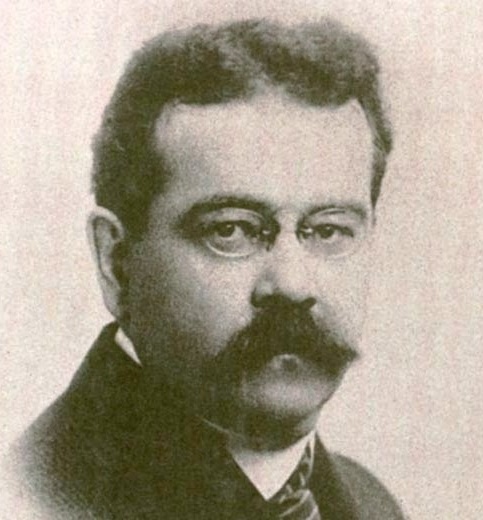- cross-posted to:
- [email protected]
- cross-posted to:
- [email protected]
An office in the Pentagon investigated UFOs—and the paranormal—over a decade ago, segueing into a long saga leading to Congressional hearings and breathless news stories today. But the real story looks more like former defense officials pushing their personal mythology, rather than any cover-up of aliens.
After a long hiatus of systematic U.S. government–affiliated investigations into UFOs, a Pentagon office quietly resumed such efforts in 2008. Called the Advanced Aerospace Weapon Systems Applications Program (AAWSAP), it was funded to the tune of $22 million in total. The life—and cancellation four years later—of this Defense Intelligence Agency program has featured in congressional hearings, UFO “whistleblower” claims and renewed public uproar about aliens. But the real story is more sordid than sensational.
…
This entire saga shows how pseudoscientific thinking can metastasize in a positive feedback loop, ensnaring not only scientists with paranormal inclinations but also government officials. This was bemoaned by the former head of AARO, Sean Kirkpatrick, who remarked that these officials are tasked with matters of national urgency—a responsibility necessitating a mindset committed to objective investigation and analysis. Some of these officials are on the record casting AARO as part of the “cover-up.” Indeed, the UFO belief system has long ago morphed into a type of faith requiring no evidence.
The fact that officials harboring evidence-deficient beliefs regarding extraterrestrials and “high strangeness” (a term first popularized in the early 1970s by ufologists to describe certain bizarre and seemingly absurd elements of some UFO and “alien” encounters) are entrusted with national security matters should give one pause. America’s adversaries, to the extent that they are paying attention to the UFO mess, might well regard it as yet another avenue to undermine American institutions—somewhat reflecting a CIA panel’s 1953 warning about potential Soviet exploitation of the genre.
On a more positive note, ufology is now in vogue among historians keen to understand the mythical nature of the problem and how it relates to historical waves of aerial phenomena reports. Because of how modern media, and especially now digital media, magnify the voices of breathless advocates, sundry frauds and scientists with a penchant for the paranormal, the UFO phenomenon from 1947 onward has acquired much greater gravitas than prior scares and waves, some of which predate it by centuries.
Many serious people dismiss UFOs as a fringe interest or a pop culture distraction. Yes, they are. Yet we maintain, along with an increasing number of scholars, that there is much to be learned from studying UFO sightings, flaps and waves. While our own view is that UFOs, or UAP, emphatically do not represent any truly anomalous physical phenomena such as an extraterrestrial presence, this nevertheless does not consign ufology to insignificance. We should explore its meaning rather than ceding it to sensationalistic advocates employing shoddy methodologies and pushing quasi-religious, otherworldly stories. AARO and academia are thus tasked with an important responsibility that could yield original and fascinating developments into how and why people interpret and react to things they see in the sky.
They should have named the department the Advanced Aerospace Weapon Systems and Nonlethal Applications Program.



